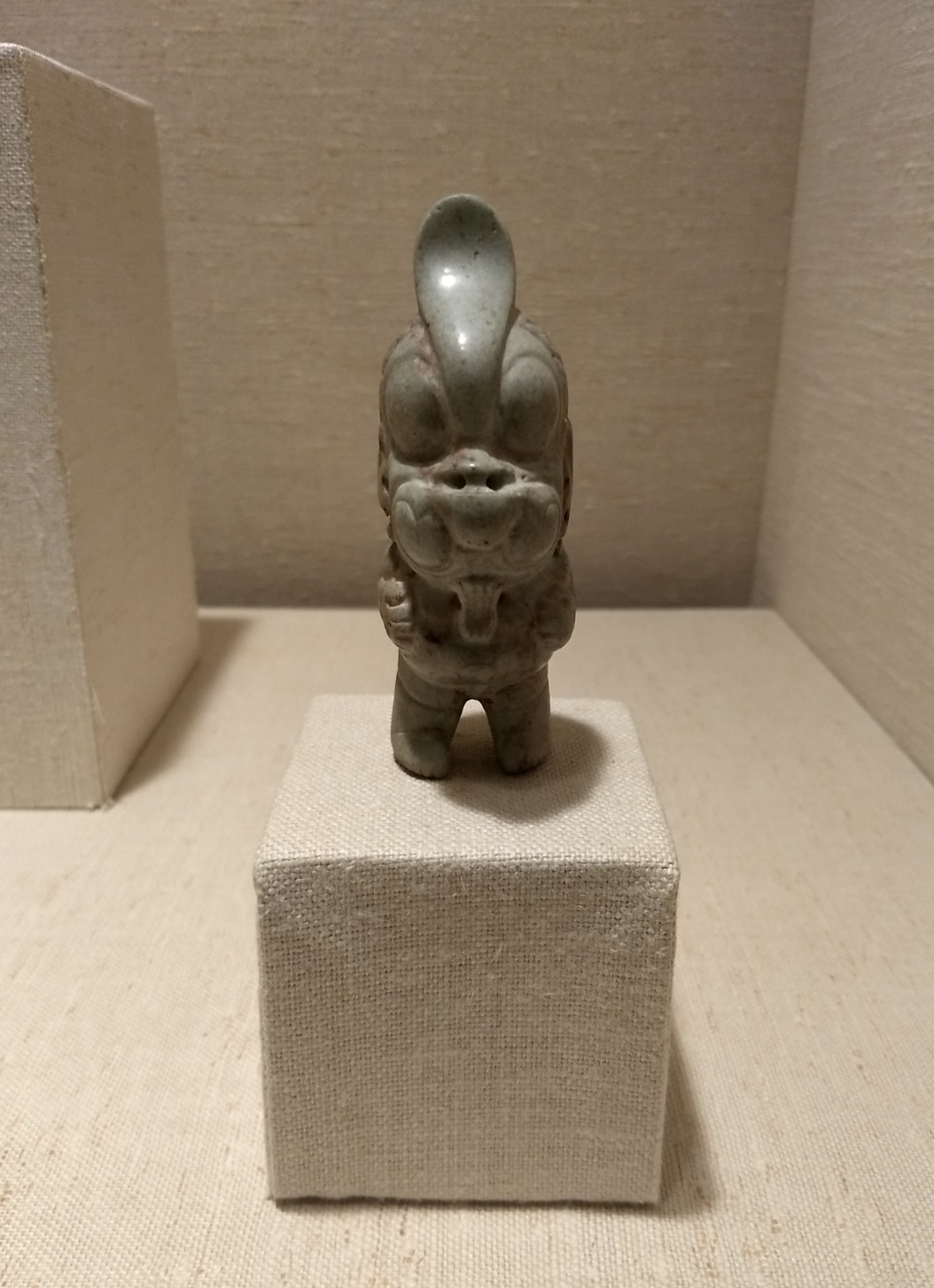I’ve been missing Mexico, and since we won’t have an opportunity for real travel in the near future, I thought I’d take a trip down memory lane instead. This week’s particular road leads to Becán in southern Campeche.
The Preclassic Maya city of Becán was once the capital of its region, of sites now linked by their Río Bec and, to a lesser extent, Chenes architectural styles. It was probably founded around 550 BCE and remained an important center for trade even during its eventual decline in the early Classic period. Not coincidentally, a defensive moat or ditch was built by 250 CE, around the time the city began to falter. Becán was ultimately abandoned circa 1200 CE.
Today, the site’s greatest highlight is perhaps a section of well-preserved stucco relief (pictured at the top of this post), now protected behind glass. As a former center with less tourist draw than places like Chichén Itzá and greater ease of access than nearby Calakmul, Becán is also a good site for exploring, whether wandering through narrow passageways or taking in the flora and fauna that call the ruins home.






























